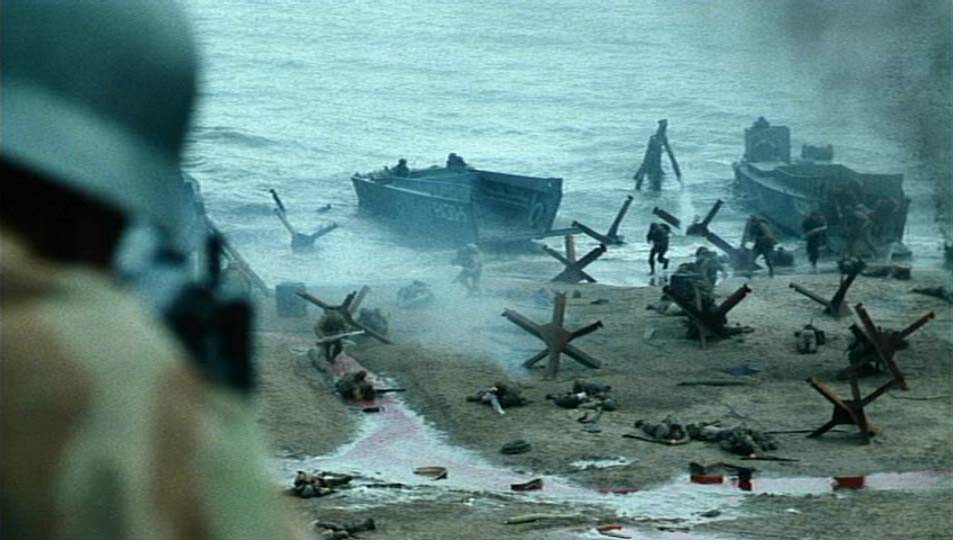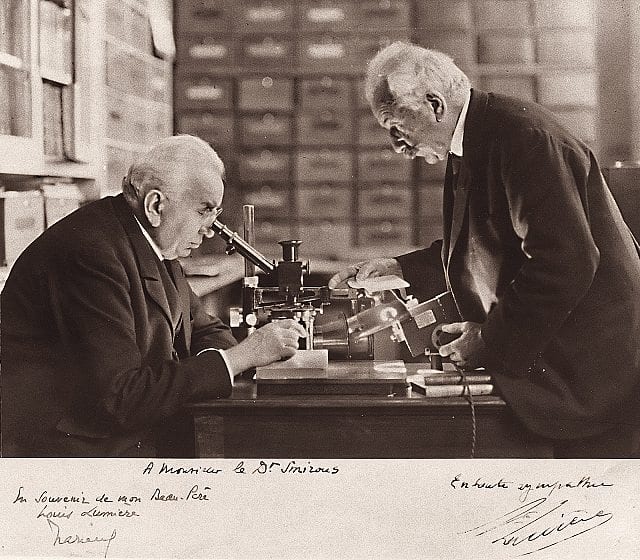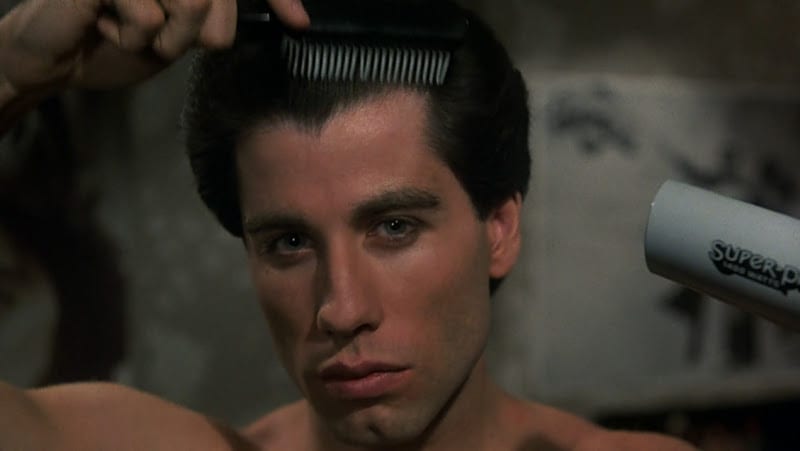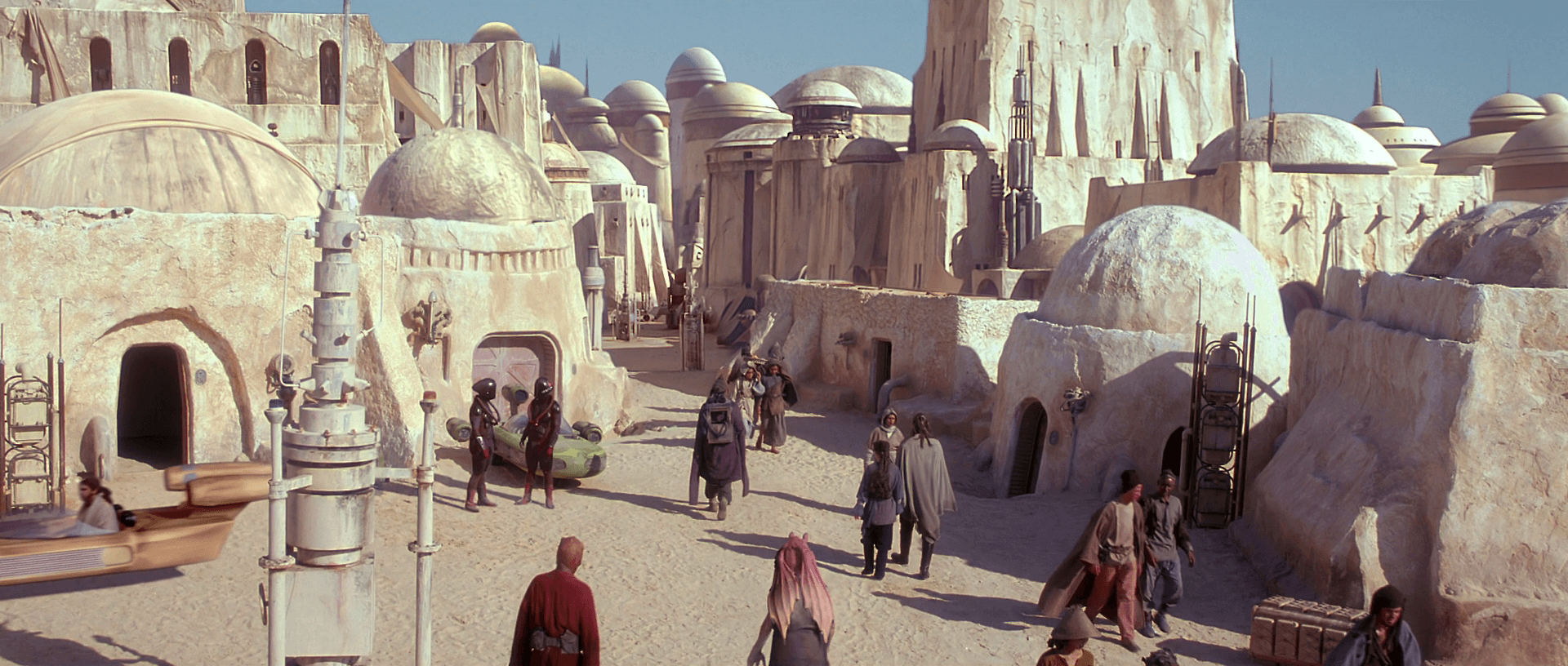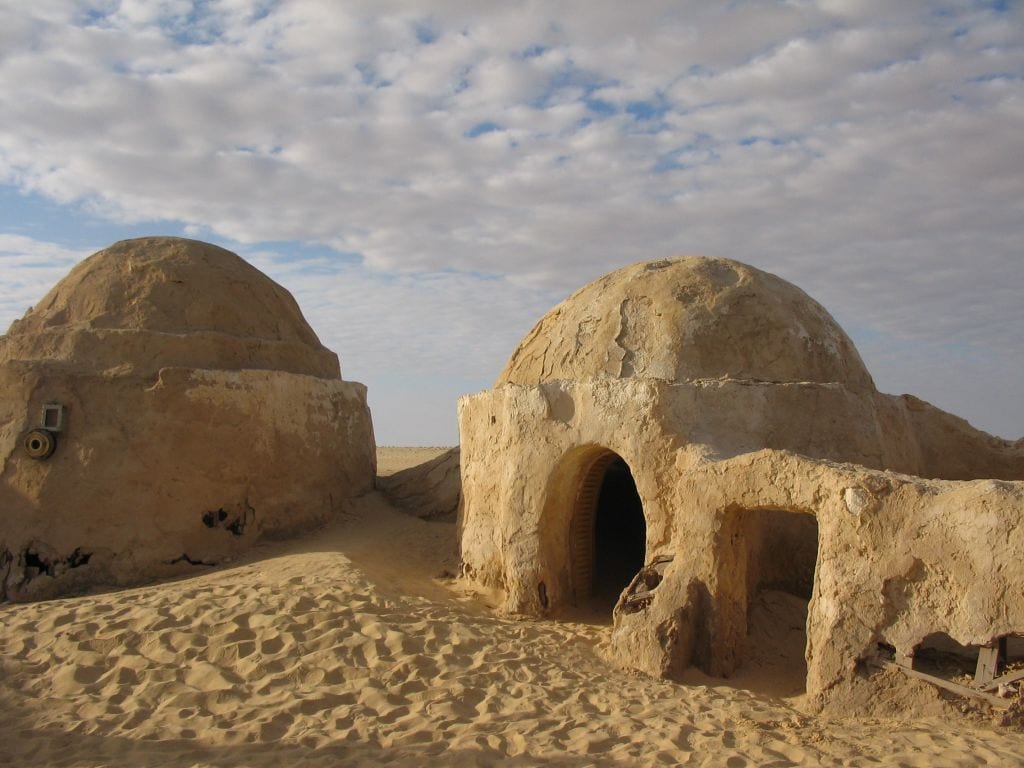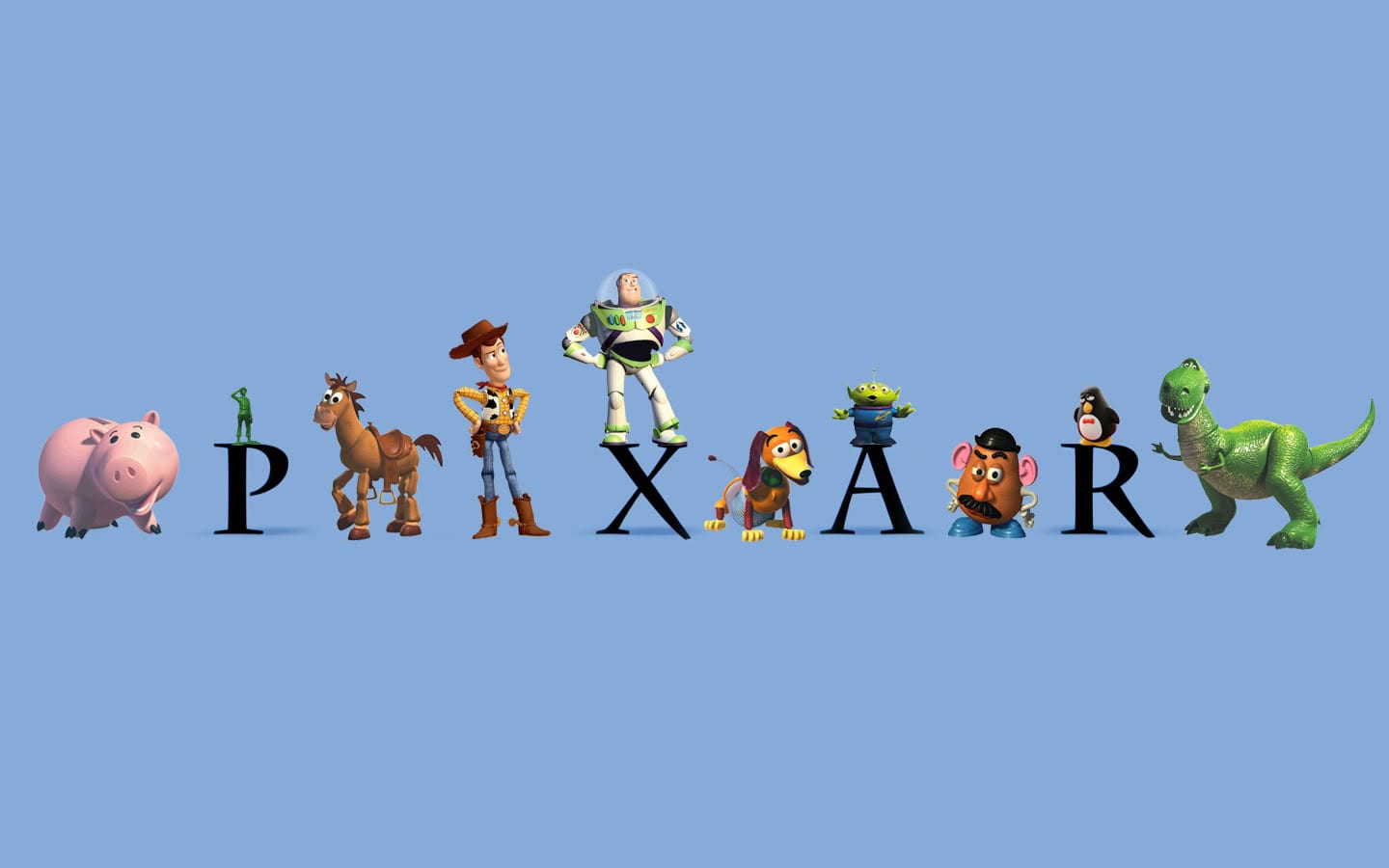Released in 1998, Stephen Spielberg’s magnum opus Saving Private Ryan is considered one of the greatest and most realistic portrayals of war ever produced. Rated #36 on IMDb’s all-time greatest movie list and a very high 93% on movie critic website Rotten Tomatoes, Saving Private Ryan received nominations for 11 academy awards, winning 5, including the Best Director award for Spielberg. Amongst many other accolades, the film also won awards at the Golden Globes, Grammy’s and the BAFTAs.
The poignant messages and emotional drive of the film launches the audience into world that is both dangerous and unpredictable. Although receiving some criticism, mainly for disregarding the contribution of several other countries to D-Day, Saving Private Ryan will forever be remembered for its realism. Brilliantly intense performances from Tom Hanks and Matt Damon particularly, allowed Spielberg to focus on the terror of the war, rather than the heroics of the men in uniform. However, he did not make it easy it portray.
To prepare his stars for the “hell on earth” mentality of war, Spielberg enrolled almost every cast member into a Ten Day boot camp with retired marine Dale Dye, who was given the responsibility of pushing the actors to the peak of physical and mental exhaustion. Dye would fire blanks from point blank range, conduct heavy combat and survival skills training and would only refer to the each person by their character name.
Dye later explained that “to the extent I can, I immerse the actors in that lifestyle: I take them to the field; I make them eat rations; I make them crawl and sleep in the mud and the cold and the dirt… And when they come out, if I’ve done my job successfully, they have an inkling of what people sacrifice to serve their country in the military.”
Not all of the actors had to take part however. Matt Damon, Private Ryan himself, was made exempt from the training, only to turn up at the very end holding a cappuccino, as the story goes. This was a deliberate decision from Spielberg, in a bid to create a sense of animosity between Damon and the rest of the crew that would be reflected in the film.
On the training, Vin Diesel stated that “To have to sleep under harsh rain conditions and be woken up after only a few hours following a really hard day-it was very rough. It was something I’ll never do again, but it was something that I’ll always be thankful for have been completed.”
Tom Sizemore also spoke about the training after the films, explaining that “Something happened. We learned that no one does anything alone in the war. It’s all about teamwork. We got a taste of that and it brought us closer together so when we started shooting the movie, we felt a bond that we had gone through something very difficult together.”

